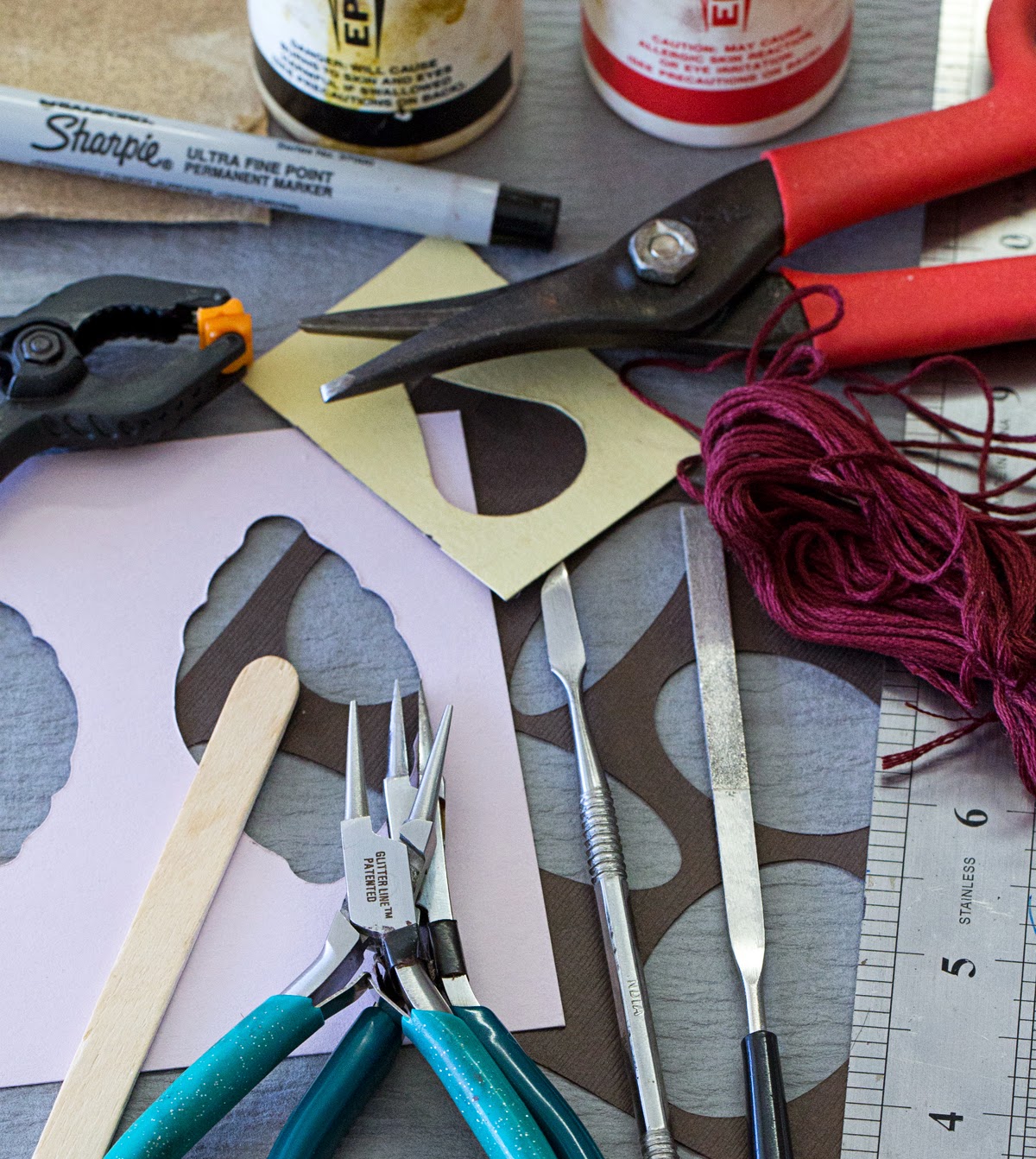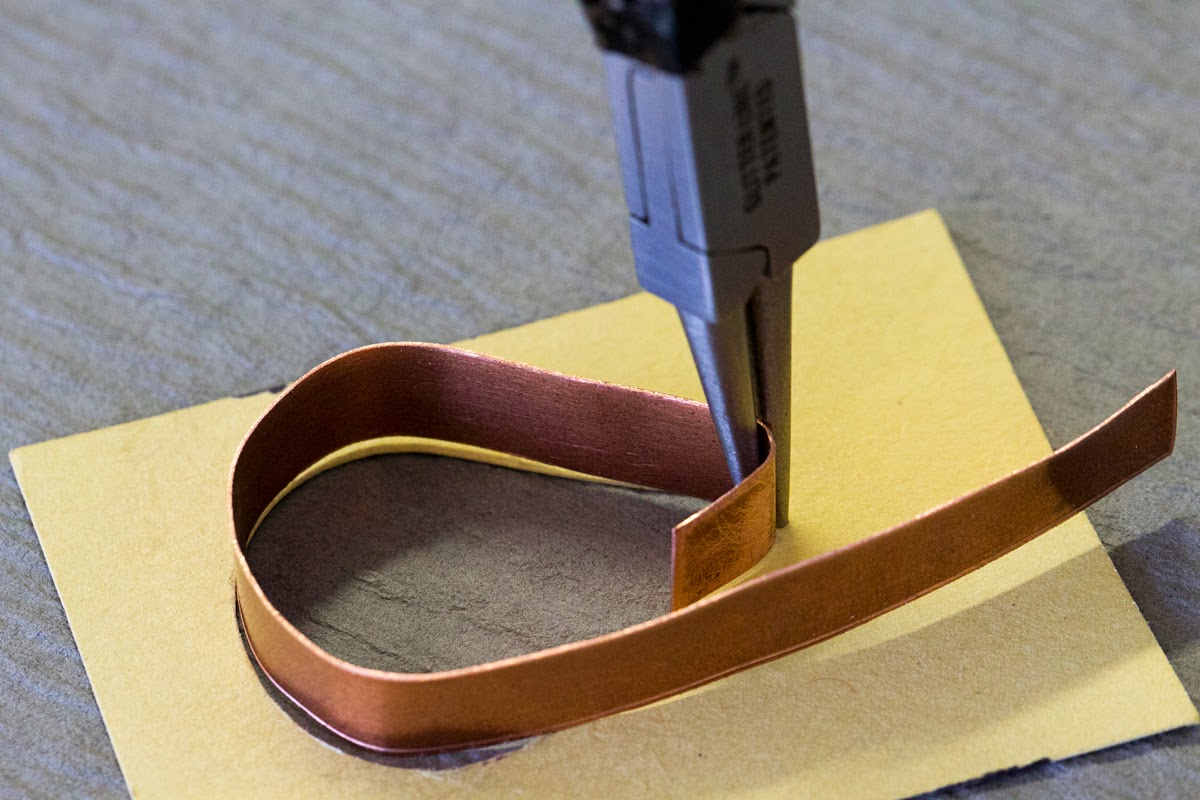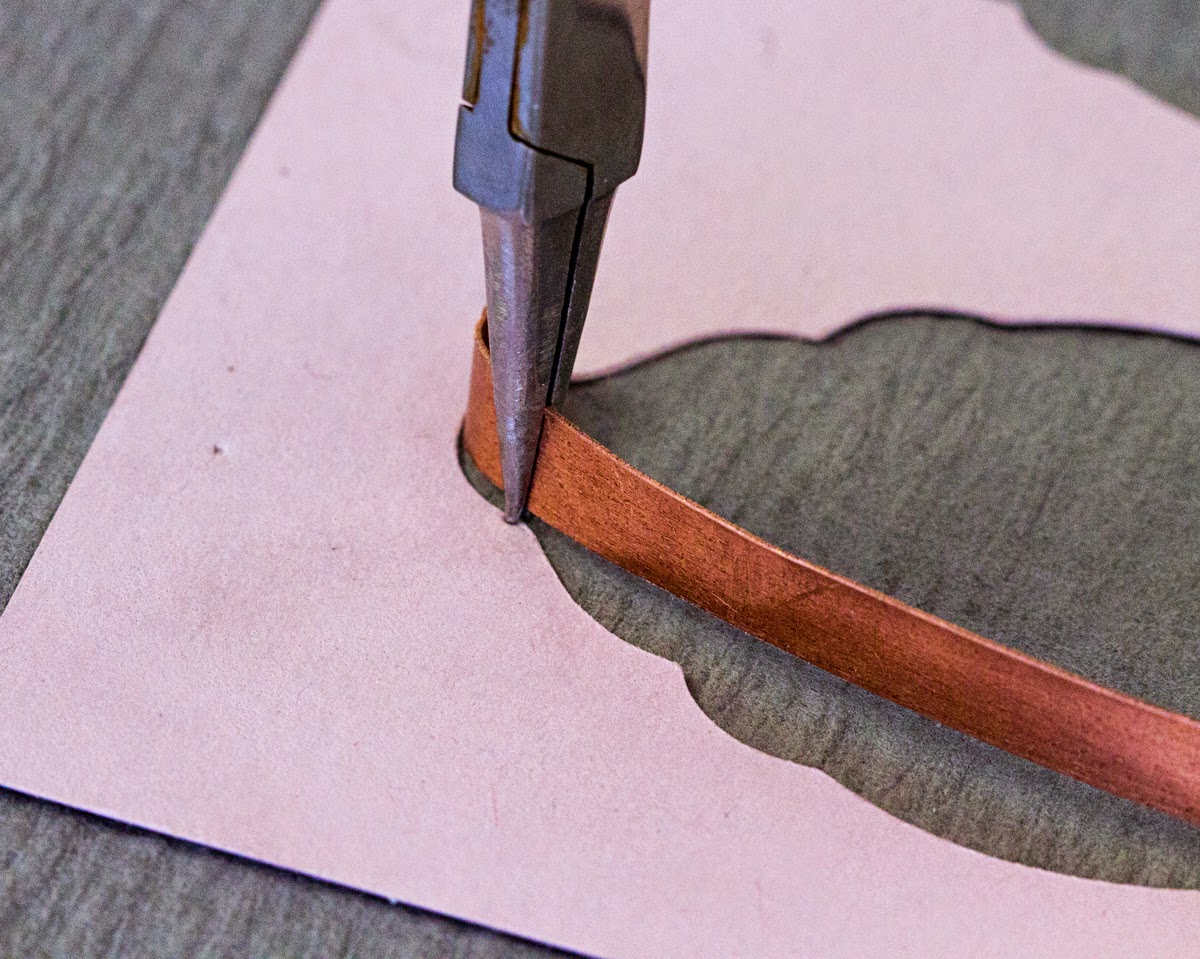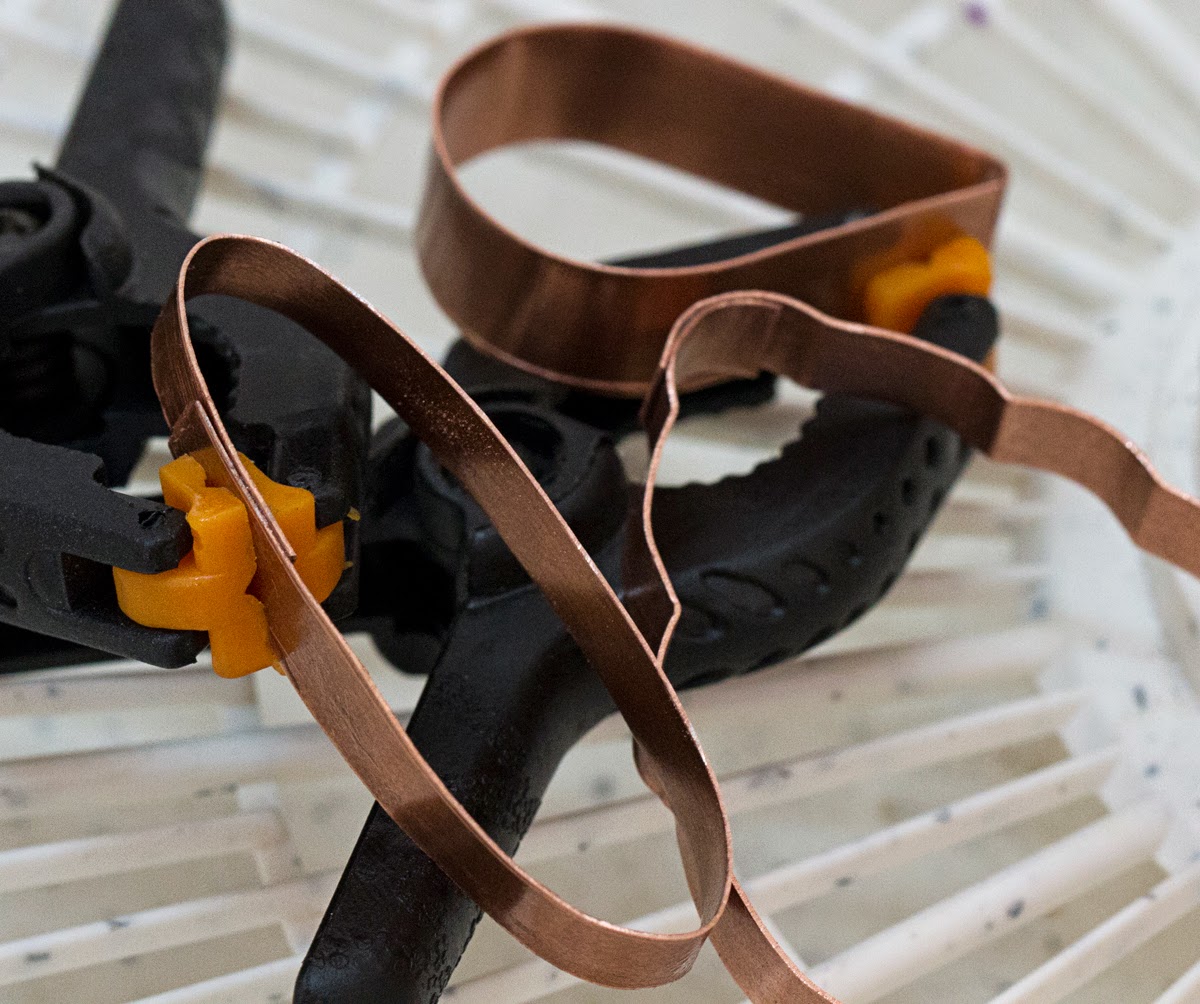by MaryAnn Carroll
Some History:It has been awhile since I used my little doll kiln to fire beads. I do fire in our large wood-fire kiln, but that is only when Bill has enough large pieces to fill it up. A few weeks ago I decided I would sit down and create lots of mid-fire (approximately 2200 degrees F) cone 6 beads and a bunch of cone 10 (can fire to approx. 2400 degrees) beads for the wood kiln so I would be better prepared.... I am the type that is often scrambling at the last minute!!
Here they are completely dry and getting bisque fired. I bisque fire to about 1850 degrees F and that preps them for the glaze that will be applied. There are a few other things in there that I am making for our upcoming show that we are organizing called
Potters for Pets that will be at the CNY SPCA in Syracuse, NY. We also have a
Facebook page for this event. We are really hoping for a big turnout, since this is the first show that we have been in charge of. (A little promo here) If you are in the Central New York area, it would be great if you could share our event! It is a
first annual, so we need all the help we can get!!
So, I typically leave my warped, very used bead trees in my kiln after use. This time I went to look and there were two of the four! I searched and searched..... no luck. Being that I have a husband who
most of the time likes to please, he made me a couple more, but it will be weeks before they are ready to use. My bead trees are made to get the most out of my kiln. The original group has gone through at least 40 firings and are badly warped. Even warped, I make them work.
Since I use a mid-fire clay, my bead trees are made from a higher fire clay (cone 10) which can go to up to about 2400 degrees F. You could make this out of the same cone that your clay is, but I don't know how well it will hold up. My original trees have been fired to cone 12 in the wood-fire kiln many times. They have taken a bit of a beating as you can see. That's okay.... it is just the beads that need to be pretty!
What we originally did is take the measurements of my little kiln. We then designed trees (this was a few years ago) that would work just right inside the kiln utilizing the most space. The new ones are a tad bit narrower as it was always a tight squeeze getting all four trees in and there is nothing worse when you carefully set the last tree in a your hear,
"ping!" A bead has left one the of trees!!!! Yup, that means that they
ALL come back out to start all over. Needless to say, loading the kiln is not one of my favorite things.
With all of that said, I thought I would share how to custom make some of your own bead trees. I cannot compare these to what you can purchase online, but I can say that I can use the most space possible with my own design. You certainly need to start by taking your own kiln measurements and go from there. Also, take into consideration that as a rule the clay will shrink 15%.
The Tutorial:
Here is one of the new trees shortly after being built. This time Bill added some supports on the side to see if this will help slow down the warping. To create this, he use a slab of clay that was rolled out. He then scored and slipped the clay to connect the sides and the base.
In the leather hard clay, I used a pencil tip to begin the spacing that I want. It is best to stagger them as you will see later. I start by measuring approximately 1 inch apart.
I did pull out the ruler after the first row. so that I could stagger more accurately to make the most holes that I could. That is another benefit to making your own.
After the pencil measures, I started to puncture the holes with a toothpick (I use toothpicks for everything when it comes to clay!) Never just push it through. You need to use a rolling motion.
What I found, however, was that the clay was a little too hard and I was afraid that I wold break the tree. I grabbed what was closest to me
. I get lazy sometimes and don't like to get up when I am in the middle of something! I then took a that little piece of nichrome wire in my reach (the same high fire wire that you will hang beads on when you fire them) and used that to puncture the rest of the holes.
As you can see, I did not put the hole all the way through. Instead I pushed it (turning the wire) until it just started to poke out the other side. You don't want to put too much pressure on the clay. If it broke, it would be a very sad day.
You then go to where it was punctured on the opposite side and push the wire through tuning while doing that. This process gets repeated multiple times. I think I did this at least three or four times.
Once you are satisfied,, you can take one of your clay tools. I would tell you what this one is called, but at the moment I cannot remember. If you are over 50, you get it! You can pick a tool that you are most comfortable with. This happens to be my "go to" tool.
Then I wiggle the holes to make them bigger than the nichrome wire that will be used to hang the beads. The reason for this is that the clay will shrink 15% as stated earlier. I also do not like them to fit too tight. I like to balance the beads on the wire.
Here it is after an hour of work. It takes many times to get it just right. Leather hard clay is not something you want to be rough with. It will break. Now the only thing left is to let it dry slowly. It will be a couple of weeks before I can fire this tree for use with my beads. You do have to fire this before using. I would recommend at least a full firing to cone 6. Certainly, if you use lower fire clays such as earthenware, you would have to make some adjustments.
So, as those dry, I am going to use my old dependable warped trees to fire this batch of beads that I made. As you can see I have glazed beads balancing on the nichrome wire.
These are all fired now. It took two firings for all of them.
By custom making my bead trees, I am able to avoid using shelves like you see in this picture. This was a pain and takes up space that I cannot afford.
Here is on group fired. One took a hit by tipping into the kiln brick. I was able to use my dremel to sand that white off of it. It is the pendant on the top left. that is because I just balanced a broken tree between two kiln bricks. Not the the best move...... live and learn.
And..... guess what was found a day after making the new trees. I am sure that I don't need to tell you that the answer is... the two missing bead trees!!!! Yup, Bill found them out by the wood-fire kiln. Isn't that always the way? The good news is that now I have some extras.
Enjoy your Friday.



















.JPG)
.JPG)
.JPG)
.JPG)
.JPG)
.JPG)
.JPG)
.JPG)
.JPG)
.JPG)
.JPG)
.JPG)
.JPG)
.JPG)
























